About South Korea
Why should you teach English in South Korea?
Teaching English in South Korea can be a rewarding experience for several reasons. One benefit is the opportunity to immerse yourself in a new culture and gain a deeper understanding of the country and its people. Additionally, South Korea is known for having a strong education system and a high demand for English teachers, which can provide job stability and a good income.
Furthermore, South Korea is a safe and technologically advanced country, which can make it an enjoyable place to live and work. Additionally, many schools and employers offer benefits such as airfare, housing, and health insurance. Finally, teaching English in South Korea can be a great way to gain valuable teaching experience, improve your own language skills, and make lasting connections with people from around the world.
What is it like working in South Korea?
Working as an English teacher in South Korea can be a challenging but rewarding experience. English teachers in South Korea typically work at either public or private schools, or at private language institutes.
The working hours for English teachers in South Korea can vary depending on the school or institute, but many teachers work from around 8:30 am to 4:30 pm or 2:00 pm to 10:00 pm, with a break for lunch. Many teachers also have a couple of hours of after-school classes, which can be tiring. However, most schools provide teachers with their own classrooms and materials, so the workload can be manageable.
The curriculum for English classes in South Korea is typically focused on grammar and vocabulary, with an emphasis on speaking and listening skills. Teachers are expected to be creative in their lesson planning and incorporate activities that will make learning fun and engaging for the students.
Many teachers in South Korea live in apartments provided by the school or institute and most schools also offer airfare, housing, and health insurance. Some teachers also have the opportunity to travel around Asia during their time off.
Overall, working as an English teacher in South Korea can be a challenging but rewarding experience that offers a great opportunity to immerse yourself in a new culture, gain valuable teaching experience, and make lasting connections with people from around the world.
Don’t know where you want to teach? Here’s a basic introduction of the major cities and provinces.
South Korea is divided into 9 provinces: Gyeonggi, Gangwon, North Chungcheong, South Chungcheong, North Jeolla, South Jeolla, North Gyeongsang, South Gyeongsang, and Jeju Island.
Seoul

Seoul is the capital of Korea and is the heart of Korea’s culture and education as well as politics and economy. Seoul is home to many historic sites and places of traditional culture. The shopping and entertainment districts also draw a large number of tourists every year. The Hangang River, which runs through the center of the city, is a distinctive landscape of Seoul that offers a myriad of resting areas for citizens.
Incheon
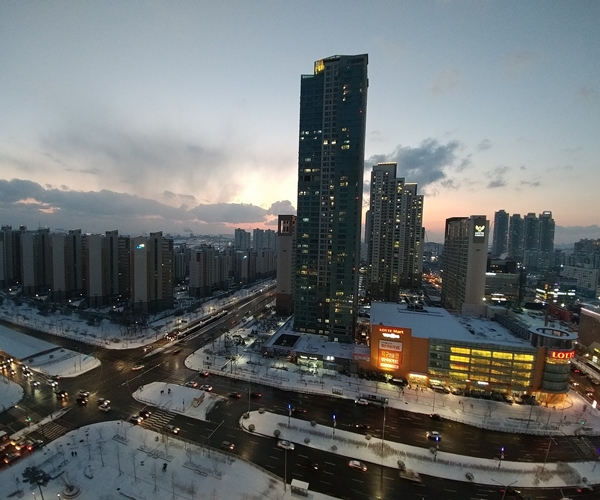
Incheon is a large port city located on the west coast of South Korea, known for its international airport, the Incheon Bridge, and the Songdo International Business District. The city is home to a diverse population, including many expats, and has a rich history, with many historical sites such as the Incheon Landing Operation Memorial Hall. The city is well connected to other parts of the country by public transportation, including buses, subways, and trains, making it easy to explore other parts of South Korea.
The cost of living in Incheon is generally lower than in other major cities like Seoul and Busan. The city also has a wide range of international food options and nightlife options, as well as many parks and recreational areas to enjoy. The city also offers a balance of urban and coastal living, with easy access to the beach and the sea.
Gyeonggi
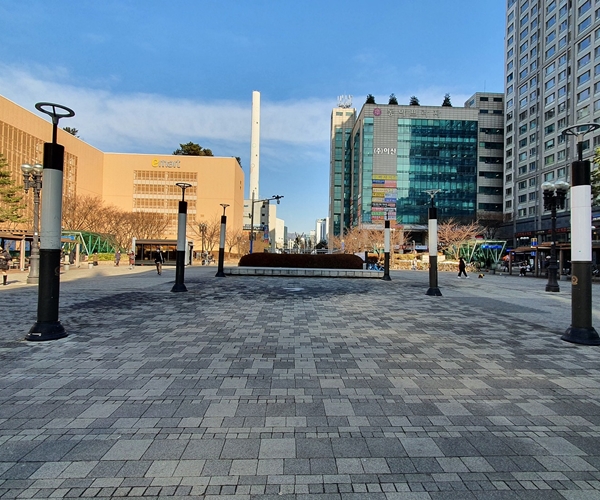
Gyeonggi Province is the most populous province in South Korea, and it surrounds the capital city of Seoul. It is known for its high-tech industries, well-developed infrastructure and proximity to the bustling city of Seoul. The province is home to a diverse population and has a rich history, with many historical sites such as the Hwaseong Fortress.
The province is well connected to other parts of the country by public transportation, making it easy to explore other parts of South Korea. The cost of living in Gyeonggi Province can vary depending on the location, but it is generally lower than in the city of Seoul. The province offers a good balance of urban and rural living, with easy access to the city and the countryside. Gyeonggi Province also has a wide range of recreational areas, such as parks and hiking trails, as well as many festivals and events throughout the year.
Busan

The city is well-connected to other parts of the country by public transportation, including buses, subways, and trains, making it easy to explore other parts of South Korea. The cost of living in Busan is generally lower than in other major cities like Seoul. The city offers a good balance of urban and coastal living, with easy access to the sea and the beach.
Busan also has a wide range of international food options and nightlife options. The city's weather is generally milder than in other parts of South Korea, but it can be quite humid during the summer months. Busan is also known for its seafood and traditional markets, such as Jagalchi market, where you can find a variety of fish and seafood.
Jeju-do
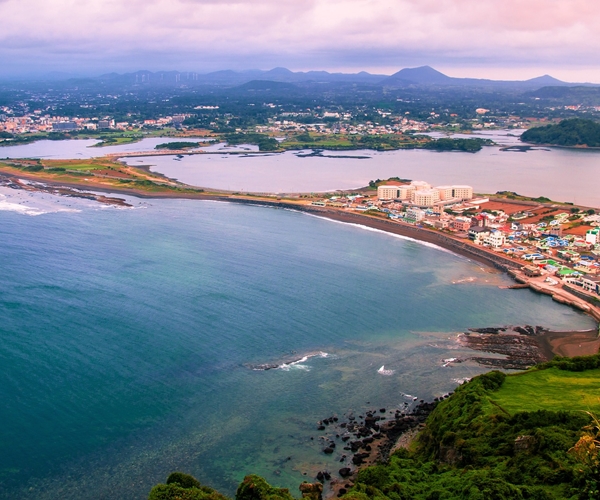
Living in Jeju Island can offer a unique and enjoyable experience for those who enjoy natural beauty and a slower pace of life. Jeju Island is a volcanic island located off the southern coast of South Korea, known for its natural beauty, including its beaches, waterfalls, and the Jeju Volcanic Island and Lava Tubes UNESCO World Heritage Site.
The island has a rich culture and history and is home to many traditional festivals and events. The island is well-connected to the mainland by flights and ferries, making it easy to explore other parts of South Korea. The cost of living on the island can be a bit higher than on the mainland due to its isolated location. The island offers a good balance of urban and rural living, with easy access to the beach and the sea.
Jeju Island also offers a wide range of outdoor activities such as hiking, swimming, and recreational activities. The island's weather is generally milder than in other parts of South Korea, but it can be quite humid during summer months. Jeju Island is also known for its beautiful beaches and delicious seafood, making it a popular tourist destination.
Gangwon
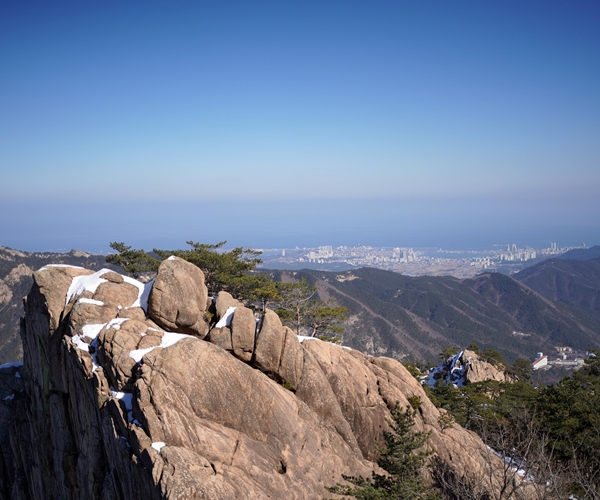
Gangwon Province is known for its beautiful mountain landscapes, including Seoraksan National Park, and ski resorts. The cost of living in the province can vary depending on the location, but it is generally lower than in major cities like Seoul. The province offers a good balance of urban and rural living, with easy access to the mountains and the countryside.
North Chungcheong
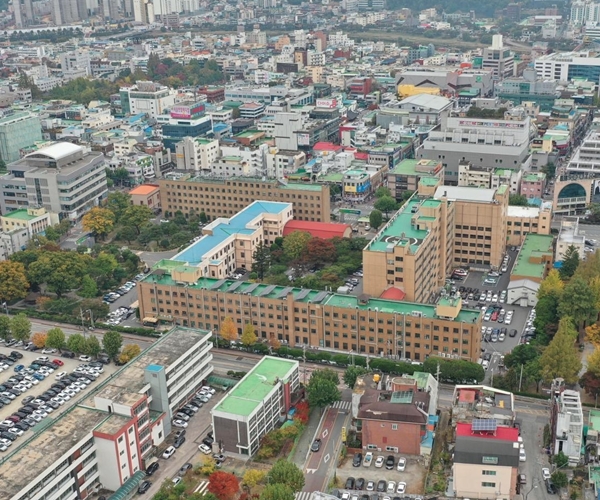
Living in North Chungcheong Province can offer a peaceful and quiet experience, surrounded by natural beauty. The province is known for its picturesque landscapes, including the Odaesan National Park and the Danyang-Gunbuk-Nakdonggang Biosphere Reserve.
The province is also known for its traditional festivals, rich history, and cultural heritage, such as the traditional pottery making. The province offers a good balance of urban and rural living, with easy access to the mountains and the countryside.
South Chungcheong

Living in South Chungcheong Province can offer a unique and enjoyable experience for those who appreciate the natural beauty and traditional culture of South Korea. The province is known for its picturesque landscapes, including the Boryeong mud festival, and the beautiful Daecheon beach. The province offers a good balance of urban and rural living, with easy access to the mountains and the coastline.
It is also a place where you can find many traditional markets and festivals, where you can experience the local culture and customs.
North Gyeongsang
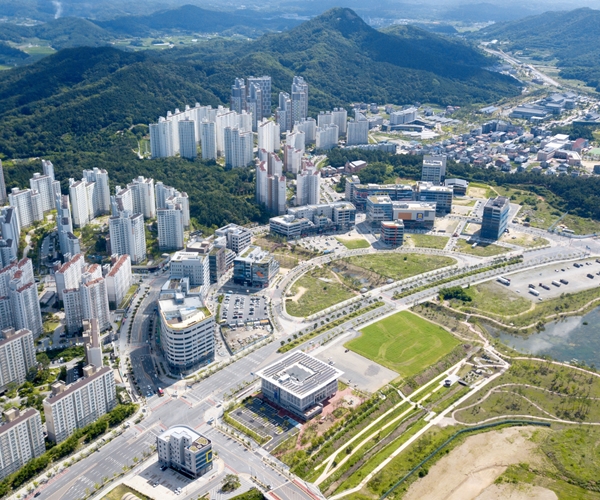
Living in North Gyeongsang Province can offer a unique and enjoyable experience for those who appreciate the natural beauty, traditional culture, and delicious food of South Korea. The province is known for its picturesque landscapes, such as the Sobaeksan National Park, and historic sites such as the Bulguksa Temple and the Seokguram Grotto, both part of the Gyeongju World Heritage Site.
It is also known for its delicious traditional Korean cuisine, particularly the beef dish called "Galbi" and the famous rice cake "Garaetteok".
South Gyeongsang
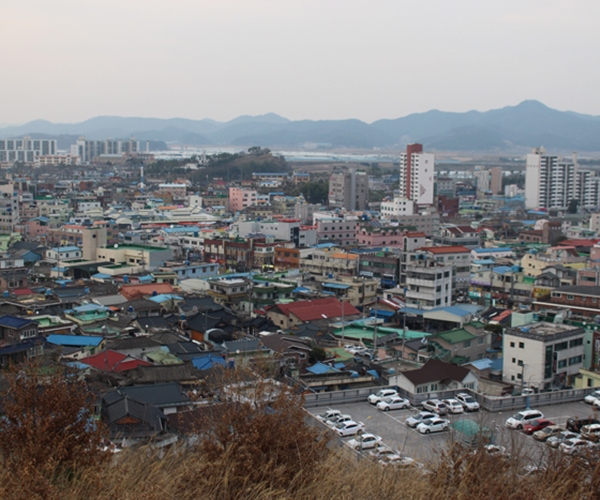
Located in the southeastern part of Korea, Gyeongsangnam-do is home to some of Korea’s major historical and cultural assets, including one of Korea’s greatest treasures, Tripitaka Koreana. This province is known for temples, cherry blossoms, green tea and literature.
North Jeolla
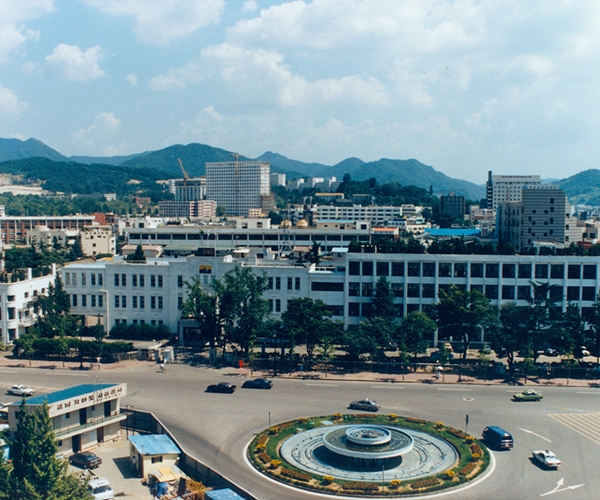
The province is known for its picturesque landscapes, such as the Mt. Mudeungsan, and historic sites such as the Buseoksa Temple and the Gwanghallu Garden.
It is easy to access the mountains and the countryside from the province. It is also known for its delicious traditional Korean cuisine, particularly the dishes made with ingredients such as "Bibimbap" or "Jeon" that are specific to the region.
South Jeolla
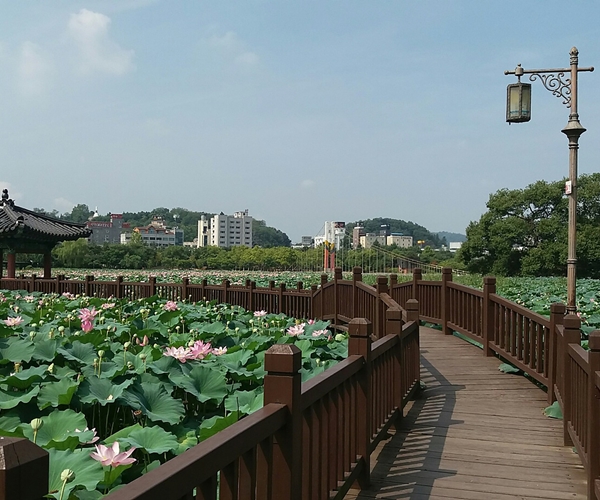
South Jeolla Province is known for its natural beauty and traditional culture. It is home to Jirisan National Park and historic sites like Songgwangsa Temple and Mudeungsan Recreational Forest. It is known for its delicious traditional Korean cuisine, particularly the dishes made with ingredients such as "Mandu" dumplings, "Mulhoe" raw fish dish, and "Makgeolli" a traditional Korean rice wine.
It is also known for its traditional festivals and cultural heritage, like the Mokpo Lantern Festival and the Boseong Green Tea Festival. It is home to diverse tourist destinations, from one of the world’s best-preserved reed bays to green tea fields, and many designated Slow Cities. The F1 Korean Grand Prix also takes place here.
Daejeon

Living in Daejeon can be quite enjoyable, as the city offers a mix of modern amenities and traditional culture. The city has a relatively low cost of living compared to other major cities in South Korea, such as Seoul or Busan. Daejeon is also known for its good transportation system and short commute times, which make it easy for residents to get around. Daejeon is a university city and has a good number of students, so it has a vibrant nightlife and lots of options for food and entertainment.
The city is also home to several large parks, including the Daejeon Culture and Arts Park and the Expo Park, which offer a variety of recreational activities. Living in Daejeon can be a great option for people who are looking for a balance of modern conveniences and traditional culture. The city lies 167.3 km south of Seoul, and 238.2 km northwest of Busan.
Ulsan
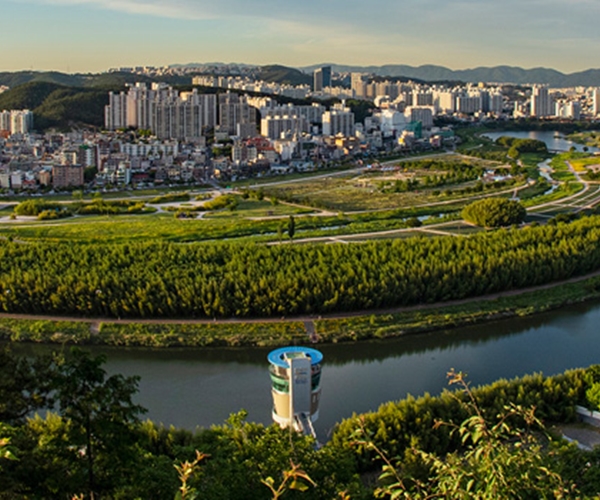
Ulsan is a large city located in the southeastern region of South Korea. It is known for its industrial development, particularly its shipbuilding and automobile manufacturing industries. Living in Ulsan can offer a unique experience for those who enjoy a mix of urban and natural environments. The city is surrounded by beautiful mountains and beaches, making it a great place for outdoor activities such as hiking and swimming. The city also has many parks and temples that are great places to visit and experience the local culture.
The city also has a well-developed infrastructure, with modern buildings and amenities. The cost of living in Ulsan is generally lower than in other major cities like Seoul and Busan. Overall, living in Ulsan can be a great experience for those who enjoy a mix of urban and natural environments and are looking for a more affordable and less crowded alternative to other major cities in South Korea.
Daegu
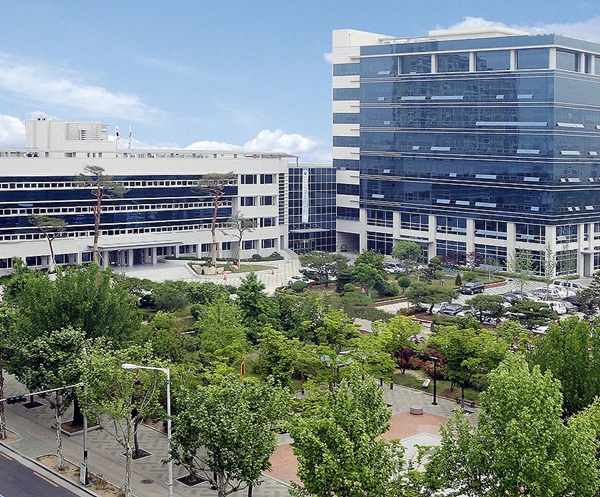
Daegu is a city located in the southeastern part of South Korea, and it is the fourth-largest city in the country. It is known for its historical and cultural significance, as well as its scenic beauty. The city has a rich history, with many traditional markets, temples, and parks. It is also home to several museums and art galleries, as well as a thriving nightlife scene.
The weather in Daegu can be hot and humid during the summer months, and cool and dry during the winter. The city is also known for its delicious food, such as traditional Korean dishes like bibimbap and kimchi. Public transportation in Daegu is convenient, with an extensive bus and subway system that makes it easy to get around.
Gwangju
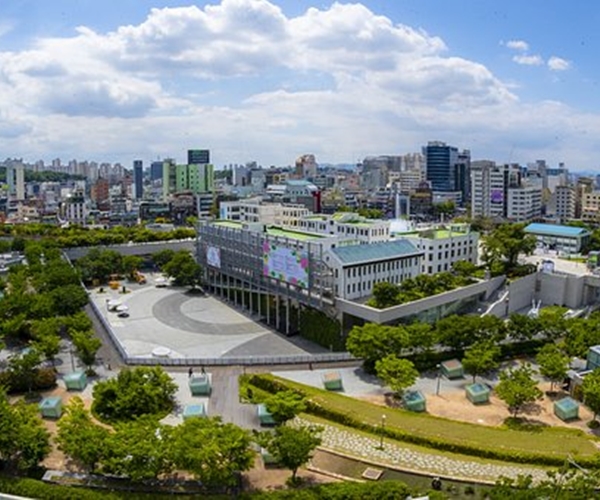
Gwangju is a dynamic and diverse city known for its rich cultural heritage, active art scene and progressive political history. The city is located in the southwestern part of South Korea, surrounded by picturesque mountains and is also near the coast, making it an ideal place for outdoor activities such as hiking, swimming, and enjoying beautiful beaches.
The city is well-connected to other parts of the country by public transportation, making it easy to explore other parts of South Korea. The cost of living in Gwangju is generally lower than in other major cities like Seoul and Busan. The city has a strong community feel and the people are known for their friendly and welcoming nature.
Sejong

Living in Sejong City can offer a unique and exciting experience. Sejong City is a newly established administrative city, located in the central part of South Korea, created in 2007 to serve as the administrative capital of the country. The city is known for its well-planned infrastructure and modern facilities. It is also home to many government agencies and research institutions, making it a hub of politics and policy-making. The city is surrounded by beautiful natural landscapes, such as Mt. Mudeungsan, and several parks and recreational areas.
The cost of living in Sejong City is generally lower than in other major cities like Seoul, and it offers a good balance of urban and rural living. The city also has a diverse population, with many government officials, researchers, and expats, which can make it a great place to meet people from different backgrounds.